Las Vegas Design Professionals Discuss Changing Sin City Landscape at UNLV
Posted on: April 25, 2017, 03:00h.
Last updated on: April 27, 2017, 11:41h.
A group of Las Vegas design professionals met at UNLV over the weekend to discuss “Emotional Architecture and Hospitality Design,” with the goal of sharing perspectives on how resorts are evolving in Sin City.
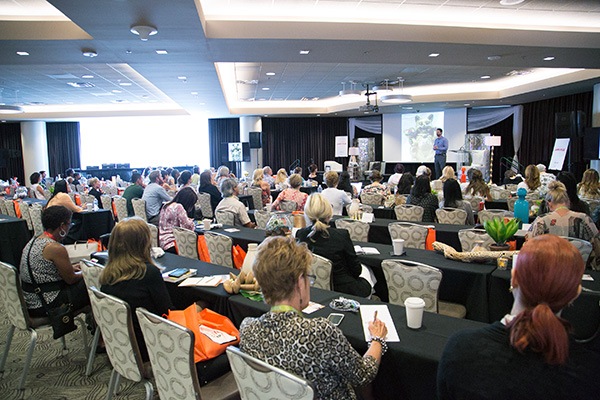
Las Vegas has certainly been subjected to numerous makeovers since it was incorporated in 1911. And dating back to the arrival of casinos in the Mojave Desert, and the resort concept on the Strip, the world’s gambling epicenter has developed to continually meet visitor demands.
Five panelists attended the UNLV discussion, an event that was held in conjunction with Building Las Vegas, a university initiative that seeks to preserve the region’s development history. The experts shared insights on how the city got to where it is today, and opinions on its future.
“There is something special about Las Vegas, and what we’re seeing is a morphing away from pure gambling to other experiences,” said John Acres, as reported by theLas Vegas Sun. Acres’ technology company helped invent player tracking and casino rewards systems.
“As someone who built a career in gambling, I’m sad about it. But it’s also exciting,” he stated.
New Game in Town
Along with Acres, developers Leonard Bergman and Ethan Nelson, landscape architect Don Brinkerhoff, and Wynn Resorts Creative Director Alex Woogmaster expressed their visions for the future of Las Vegas. All shared the common theme that the city is in the midst of renovating its next vision, with a blueprint that relies less on gambling.
The panel opined that the shift from gaming will have an impact on how new resorts are designed.
“We’re right in middle of it,” Nelson explained. “I don’t think we know the answer just yet with existing properties, but the change we’ll see in any new properties will be profound.”
It won’t be long until the slot-friendly older generations slowly begin to disappear from casino floors. For resorts in Sin City, the challenge is getting the millennial, those born between the early 1980s and 2000s, inside their casinos.
Millennials have been less keen on traditional games of chance like slots. Instead, they seem to favor more skill-based gaming options, and casinos are taking notice.
“The majority if visitors to Vegas are under the age of 50, while the majority of those who play slot machines are over 50,” Gamblit Gaming CEO Eric Meyerhofer toldThe New York Timeslast fall. Caesars debuted Gambit’s interactive social gaming tables at Planet Hollywood Las Vegas in March of this year.
Repealing Bad Boy Image
Las Vegas likely wouldn’t be what it is today without the Mafia. The Mob helped build many of the Strip’s earliest properties, and the gambling floors became a playground for some of America’s most notorious mobsters.
Sin City would later go on to become a haven for A-list Hollywood stars and music crooners, where stars like the Rat Pack and Elvis let down their guards. However, over the last several decades, Las Vegas has become more attractive to the casual traveler and tourist.
In addition to the glitz of the casinos, the Strip today is littered with businesses catering to every need and mundane errand. Drug stores and pharmacies, coffee shops, and family attractions like the M&M Store now occupy valuable street front real estate along Las Vegas Boulevard.
“We like talking about the grand and glorious, but there’s a lot more to Las Vegas than that,” Bergman concluded.
Related News Articles
Most Popular
Cracks Emerging on Las Vegas Strip Says Analyst
Casinos That Were Never Casinos
Most Commented
-
End of the Line for Las Vegas Monorail
— April 5, 2024 — 90 Comments -
Mega Millions Reportedly Mulling Substantial Ticket Price Increase
— April 16, 2024 — 9 Comments -
Sinclair Broadcast Group Selling 7.91 Million Bally’s Shares
— April 12, 2024 — 5 Comments
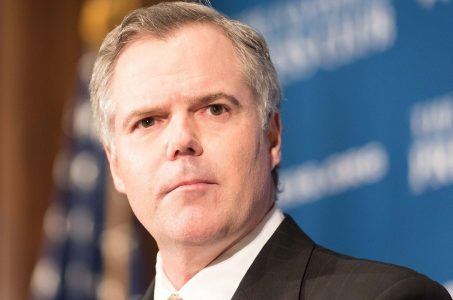

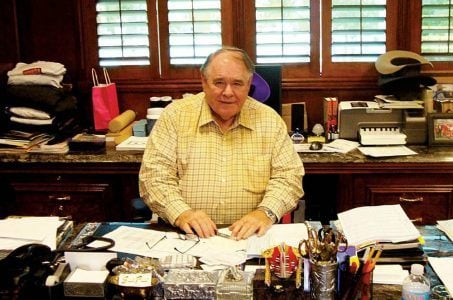









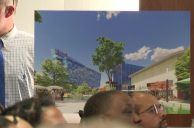

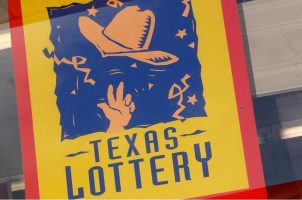
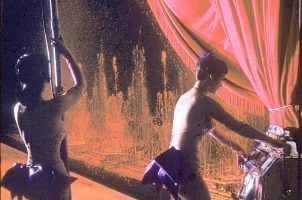
No comments yet